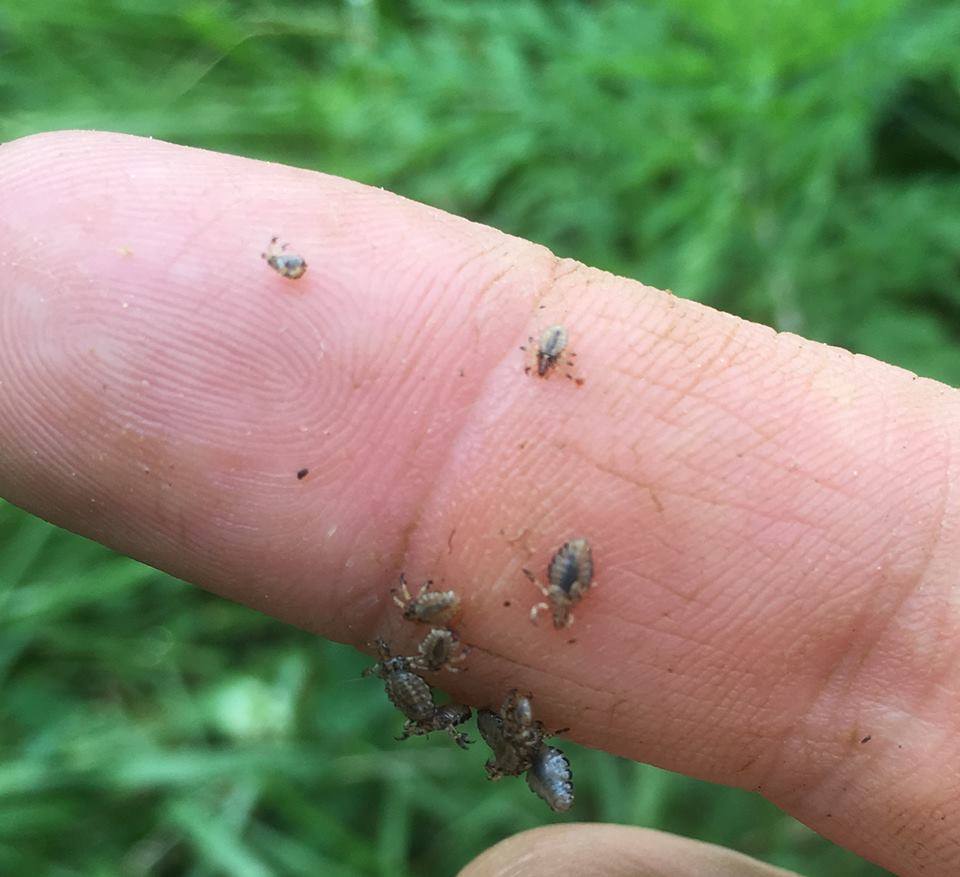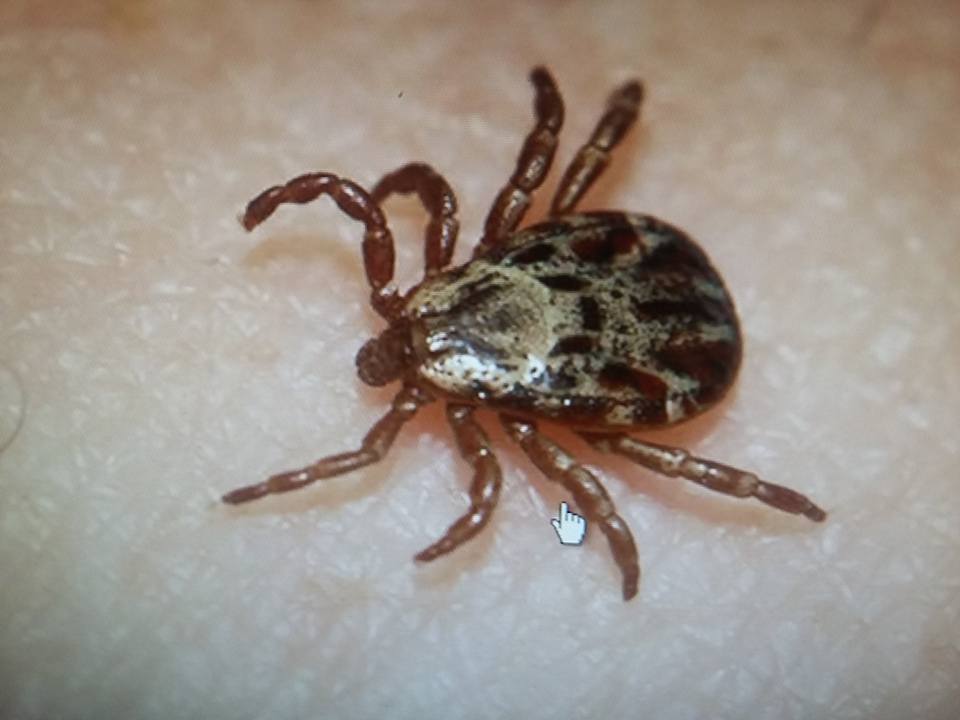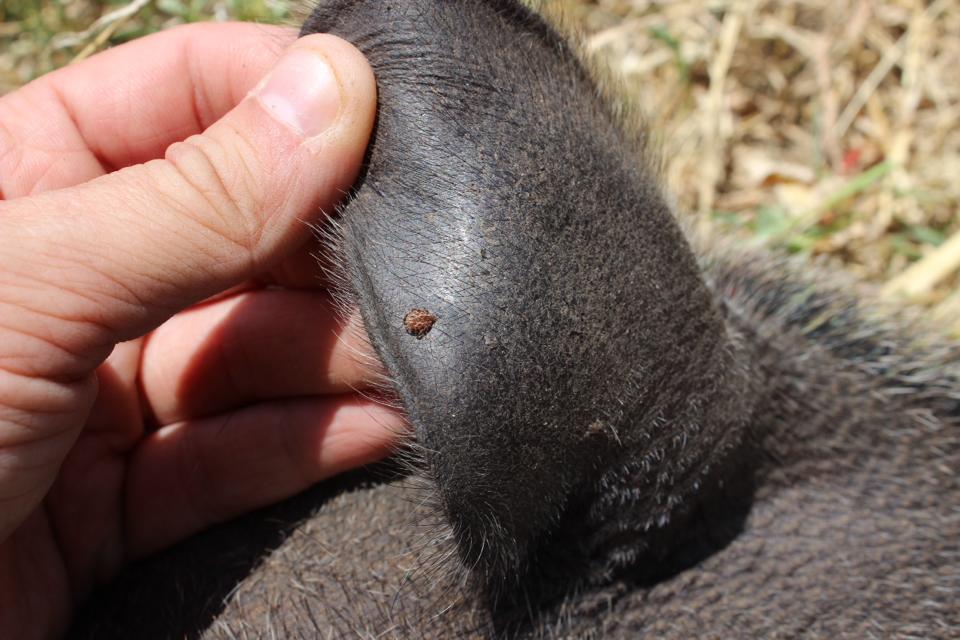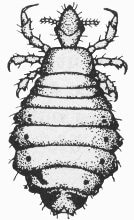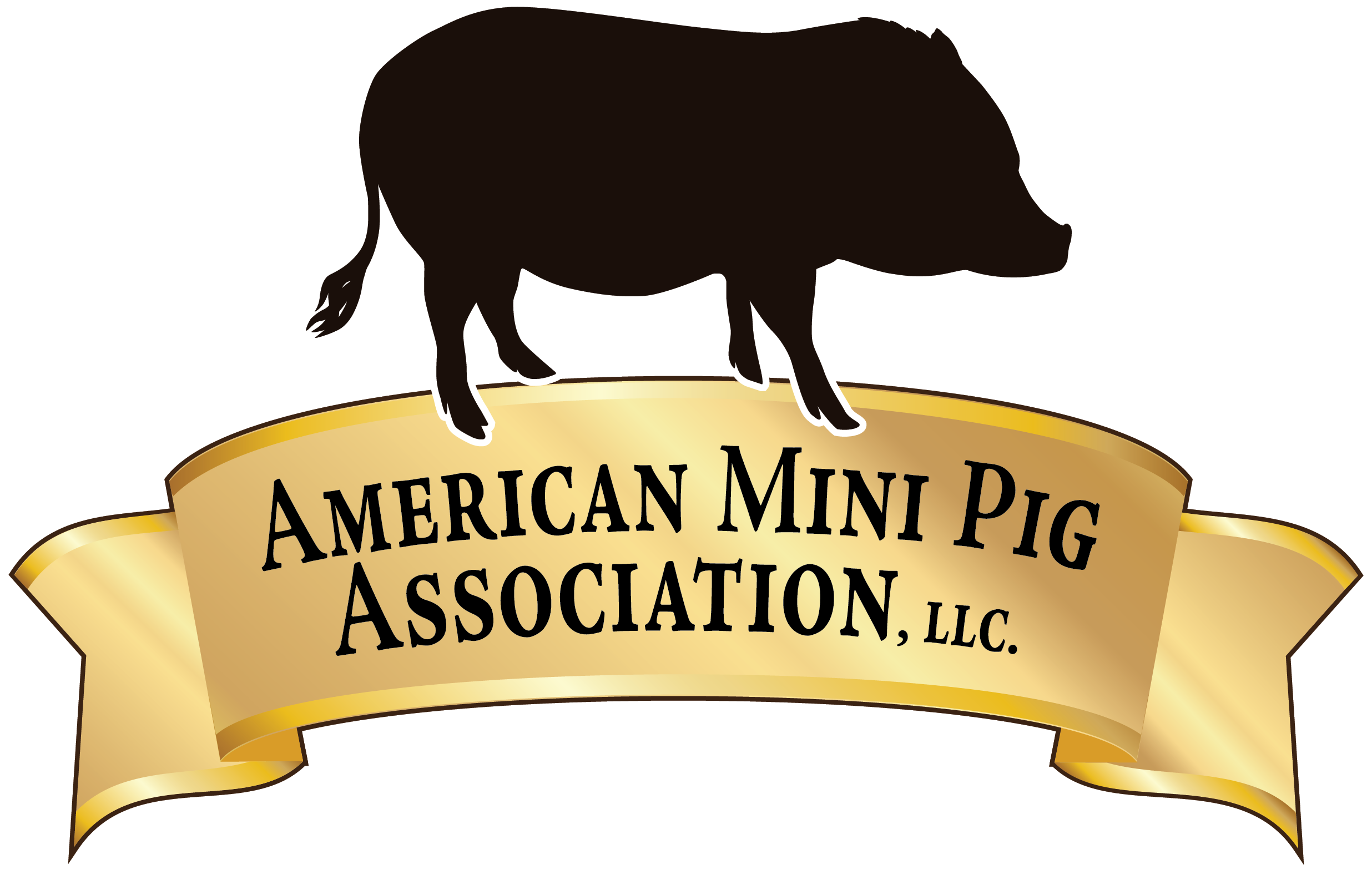Identifying Swine Lice, Ticks, and Fleas
LICE
Swine Lice or Hog Lice are relatively large external blood sucking parasites.
A lice infestation causes itchy discomfort for the pigs. Infected pigs will rub against their surroundings trying to relieve the itch. Left untreated they will rub their hair off and create sores. Lice are vectors for disease such as swine pox.
Lice can be treated and prevented with ivomec, brand name Ivermectin. This is the same medication, at the same dose, that is used to treat and prevent mites. See dosage here. Pigs get lice from other pigs. Swine lice are species specific and cannot live on any other animals or humans.
Lice are identified by their size, body shape, movement, and the sticky eggs left in the pig’s hairs. They are the largest blood sucking louse found on domestic animals, much larger than the lice found in human hair.
Distinctive features:
- Grayish brown
- Measure around 1/4 inch long, visible to the naked eye
- Elongated, segmented, soft body w/ oblong head
- 6 legs and 2 antennae
- Does not engorge or swell
- Runs fast through the hairs
- Leaves sticky eggs attached to hair follicles
- Cause extreme itching and hair loss
- Transmits infections and diseases to pigs
TICKS
Ticks are soft bodied blood sucking arachnids. They are found in all environments outside, feasting on mammals, birds, and humans.
Ticks should be removed promptly if found attached to your pig. Prevention is through environmental management. Make your yard unappealing to ticks, and/or use tick repellent products or natural homemade recipes to keep ticks off your pigs. Read the info here.
Distinctive features:
- Varied colors/patterns, usually black or brown
- Teardrop shape body, small compact head
- 8 legs and no antenna
- Dramatic changes through life cycle
- Starts flattened and gorges to the size of a swollen raisin
- Abdomen is not segmented
- 1 mm to up to 3/4 inch in size
- Crawl slowly until they attach firmly to the pig’s skin
- Stay attached until engorged
- Does not cause itching
- Transmits infections and diseases to pigs
Lice Identification
Tick Identification
Visit our website to learn more about mini pigs, find a registered mini pig breeder, become a member of the AMPA and register your mini pig in the official mini pig registry!
www.AmericanMiniPigAssociation.com
